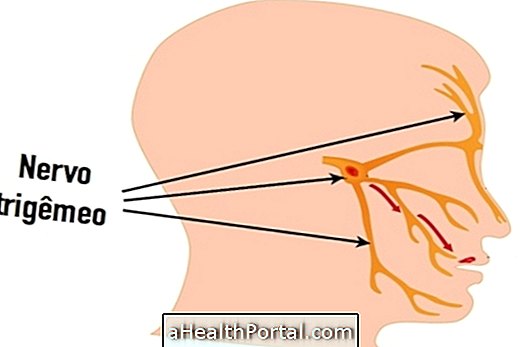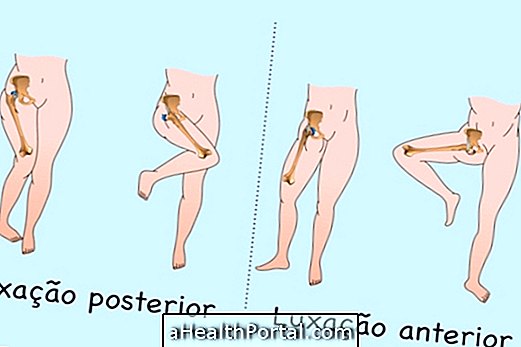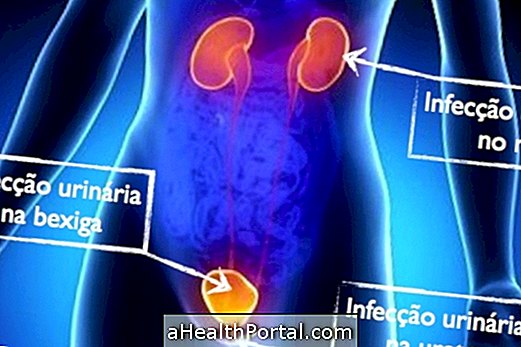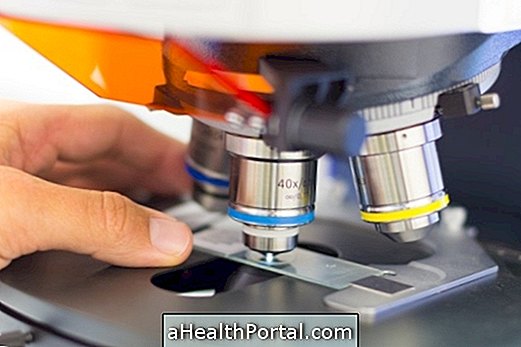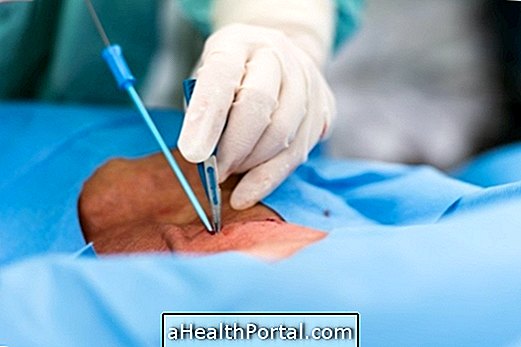Dermoid cyst is a type of sac that forms during fetal development, of a normally yellowish color, consisting of skin debris and attachments, and may also contain hair, teeth, cartilage or nervous tissue.
This type of cyst may appear more often in the brain, nasal sinuses, spine or ovary, and if it causes symptoms, discomfort or a possible risk of developing cancer, it should be removed through surgery or laparoscopy.
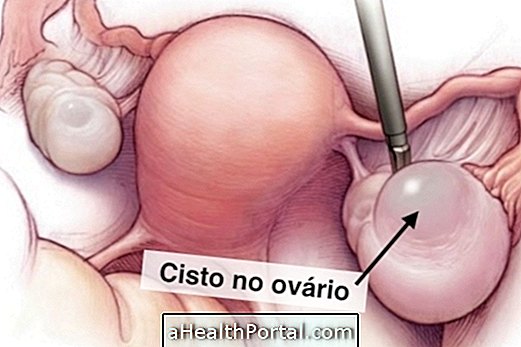
What is a dermoid cyst in the ovary
Dermoid cyst in the ovary can develop in women during reproductive age, and can rarely cause complications such as twisting, infection, rupture and cancer.
This is the most frequent type of germ cell tumor that, although it is congenital, that is, it develops during pregnancy, is usually diagnosed in women of childbearing age, because its growth is very slow and mostly does not present any symptoms.
Although they are usually asymptomatic, in some cases they can cause pain or increase in abdominal volume, abnormal uterine bleeding or rupture, which although rare, can occur even during pregnancy. In these cases it is considered a gynecological urgency and should be treated immediately.
When to go to the doctor
Usually the dermoid cysts are asymptomatic, however, if the cyst becomes sore or inflamed, if it grows or changes color or if a rupture occurs.
The doctor can make the diagnosis with radiography, computed tomography, magnetic resonance imaging or ultrasound, which is the preferred procedure.
How is the treatment done?
Treatment of the dermoid cyst is done by removing it with surgery. In some people, removal of the cyst may become more difficult, especially if it is located in the skull, bone marrow or ovaries.
Is it possible to get pregnant with a dermoid cyst in the ovary?
If a woman has a dermoid cyst in her ovary, she can become pregnant, because this type of cyst does not prevent pregnancy unless it is too large and has occupied the entire ovary space.
Due to hormonal changes in pregnancy, the dermoid cyst can grow rapidly as long as it has both estrogen and progesterone receptors.



